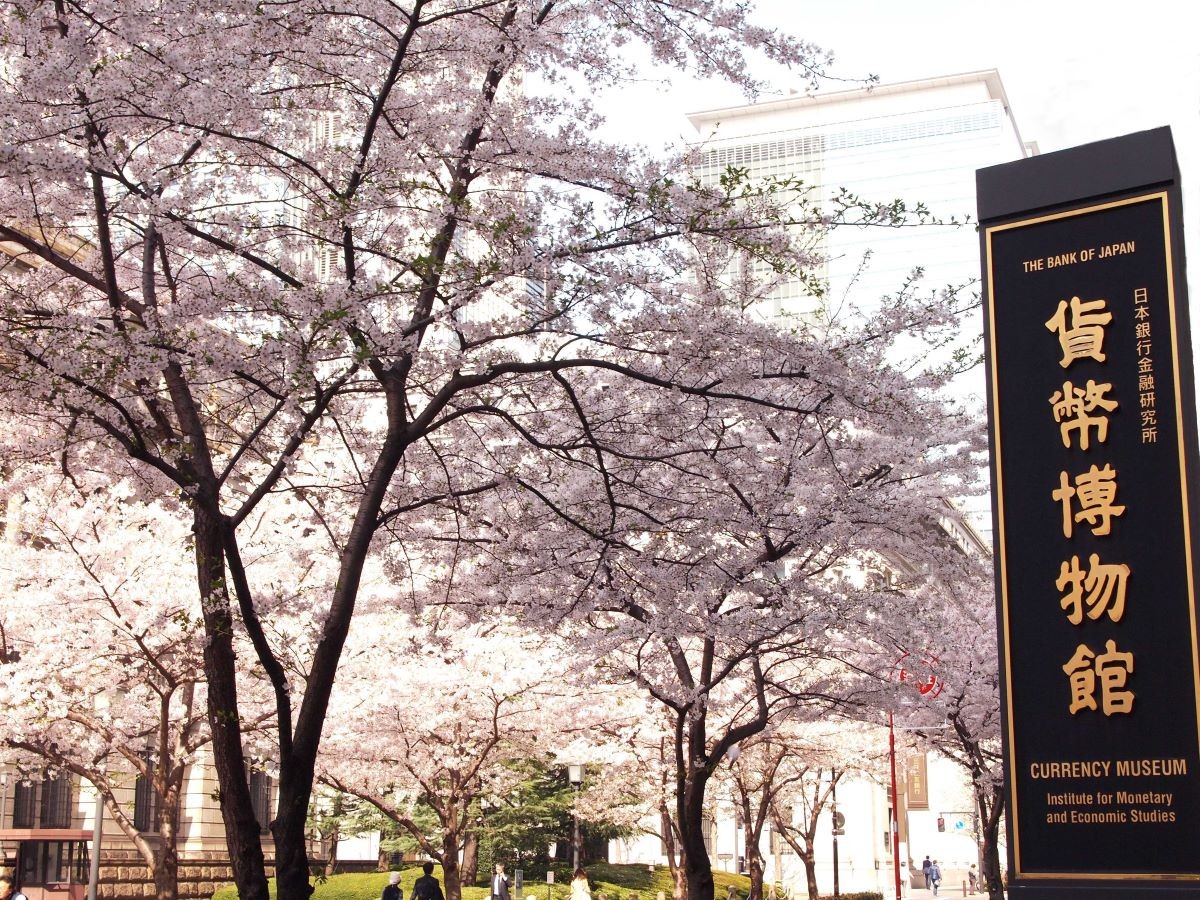
When you hear the word "museum", you might imagine a solemn place where you quietly observe exhibits. However, if you visit the "Currency Museum, The Bank of Japan's Institute for Monetary and Economic Studies" (hereinafter, the Currency Museum), your preconceived notions will surely change!
Located in Nihonbashi, Chuo Ward, Tokyo, the Currency Museum allows you to appreciate various types of currency used in Japan and touch upon the history of Japanese currency. Not only that, but there are also mini-games where you can enjoy shopping experiences from the past, and you can experience the weight of a "thousand ryo box", a box that stored 1000 ryo (gold coins) during the Edo period. In addition, you can purchase souvenirs that are only available at the Currency Museum. In this article, the FUN! JAPAN editorial department will deliver the charm of the Currency Museum.
About the Currency Museum
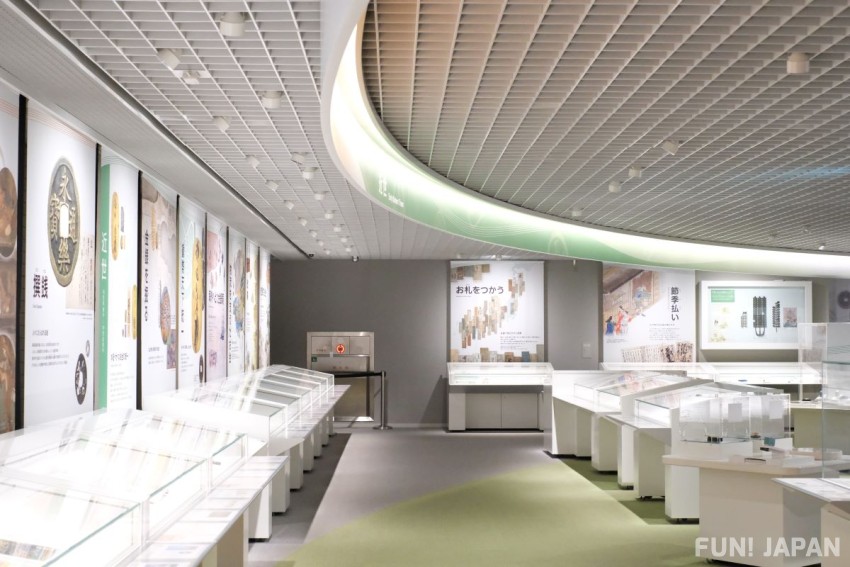
The Currency Museum, located in the financial area around Nihonbashi Station, collects and preserves historical and cultural materials related to currency, while conducting research and making them available to the public. The core collection of this museum is the collection of the Sempeikan, collected by Keibun Tanaka (1884-1956), a collector and researcher of old coins.
Mr. Tanaka passionately collected not only Japanese coins from ancient to modern times, but also East Asian coins including China and related materials. These materials were once stored in a facility known as the "Sempeikan", but were donated to the Bank of Japan in 1944 to avoid the war.
The Currency Museum was opened in November 1985 to commemorate the 100th anniversary of the establishment of the Bank of Japan (1982) and to make these valuable materials available to the public. Then, a full-scale renewal was carried out in November 2015.
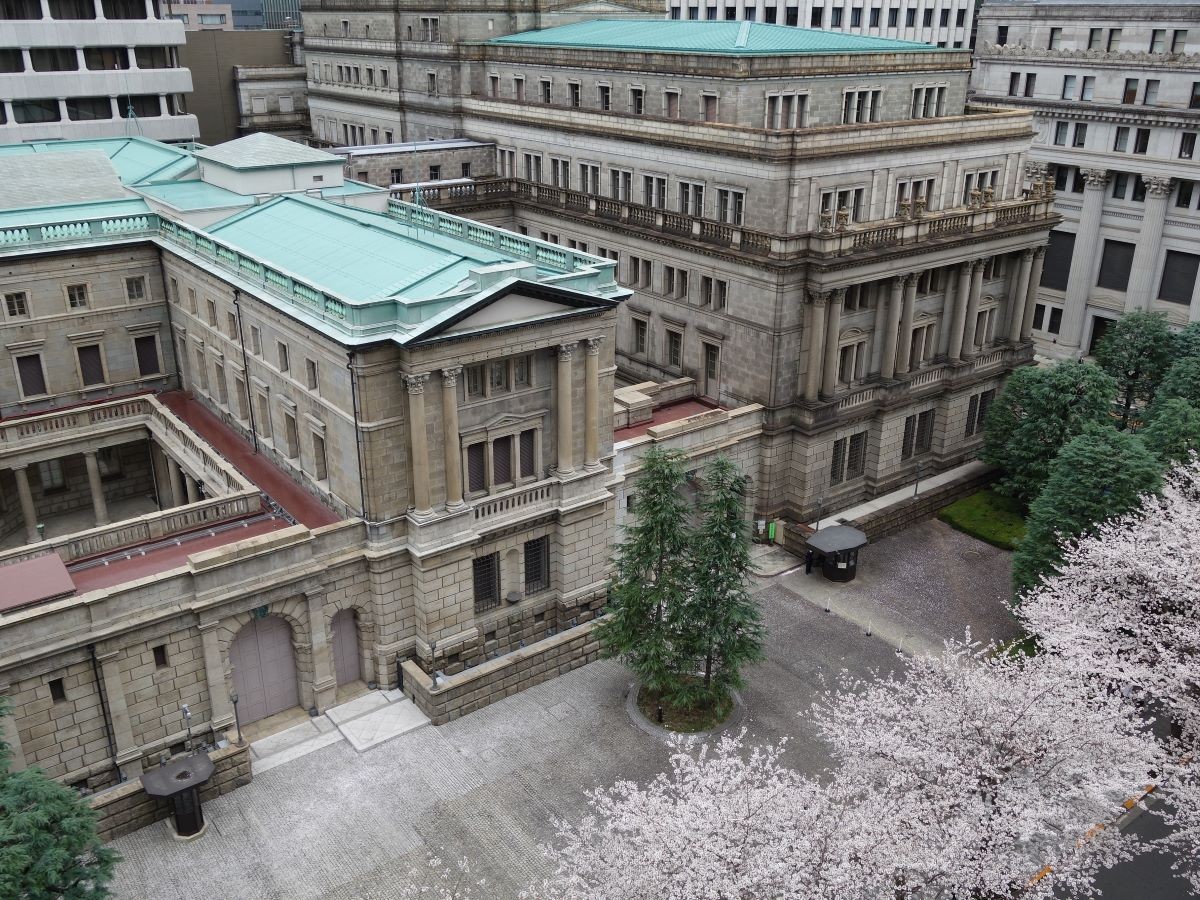
Also, the current location of the Bank of Japan used to be the "Kinza", where gold coins and other items were manufactured. This place also gives a historical connection with currency. The Currency Museum is located in front of this old Bank of Japan building.
Highlight of the Currency Museum ①: You can appreciate from ancient to modern times at once
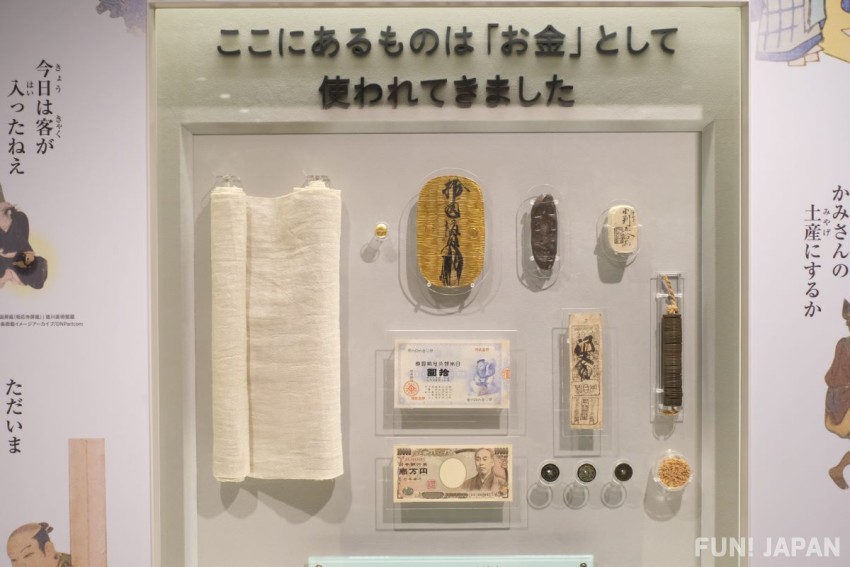
At the entrance of the exhibition room, not only bills and coins, but also cloth and rice are on display. These have been used as money (trading currecy) in daily life, and have been utilized for exchange and savings.
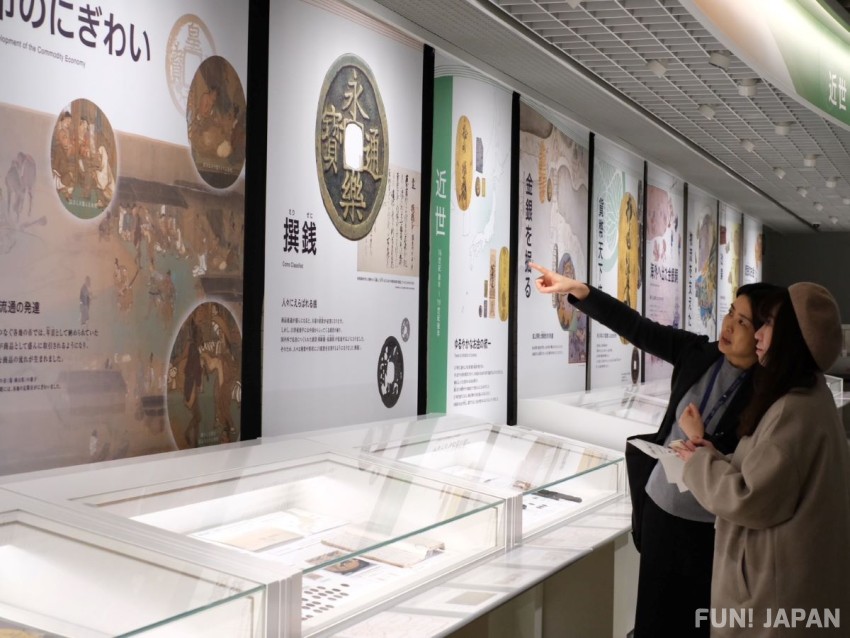
The exhibition room is packed with exhibits. Starting from ancient times, through the middle ages, modern times, and up to the present, you can learn about the history of Japanese currency while moving along the route. Although Japan is an island country, you will see how the nature of its currency has changed under significant influence from foreign countries.
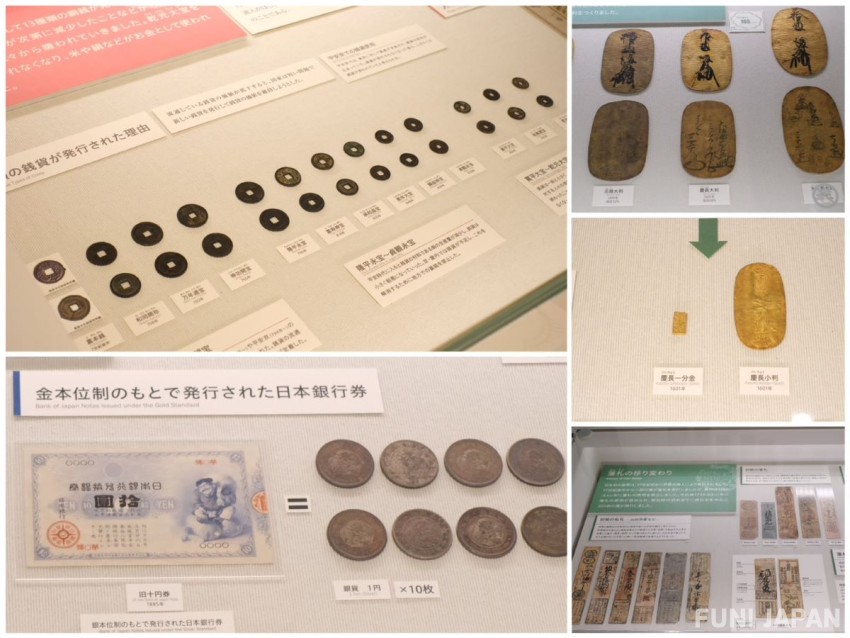
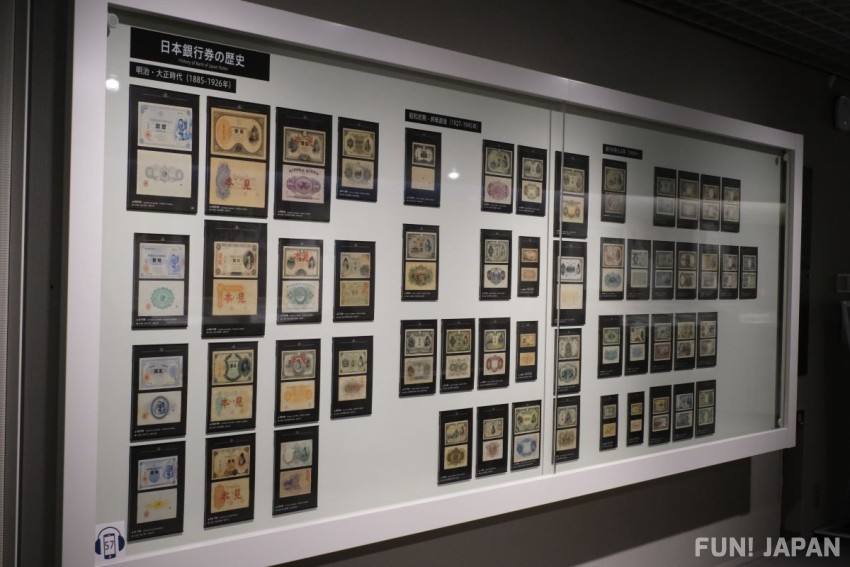
From the oldest currency in Japan, the Fuhonsen (富本銭), to large and small gold coins, and modern banknotes, money that was actually used in each era is displayed in an easy-to-understand manner. You will be overwhelmed by the transition of money that spans over 1000 years!
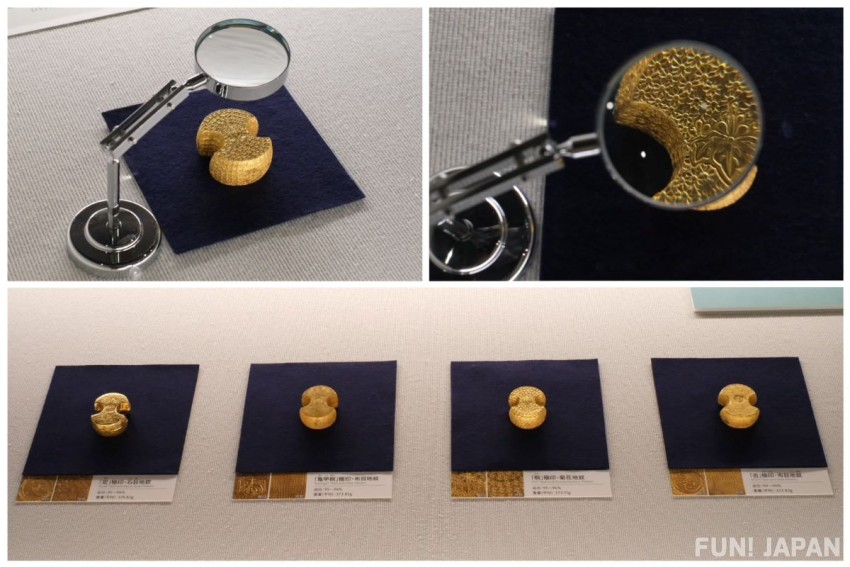
Particularly noteworthy are the four types of small ingots. They are not coins but gold nuggets, each with a gold grade of about 95%, a weight of about 375g, and beautifully decorated with gold carvings on the surface.
Highlight of the Currency Museum ②: Enjoy the world of currency through experiential exhibits
At the Currency Museum, not only can you view exhibits, but there are also plenty of experiential exhibits. Below, we will introduce the exhibits we have experienced during our visit.
Challenge the weight experience of the "thousand ryo box"
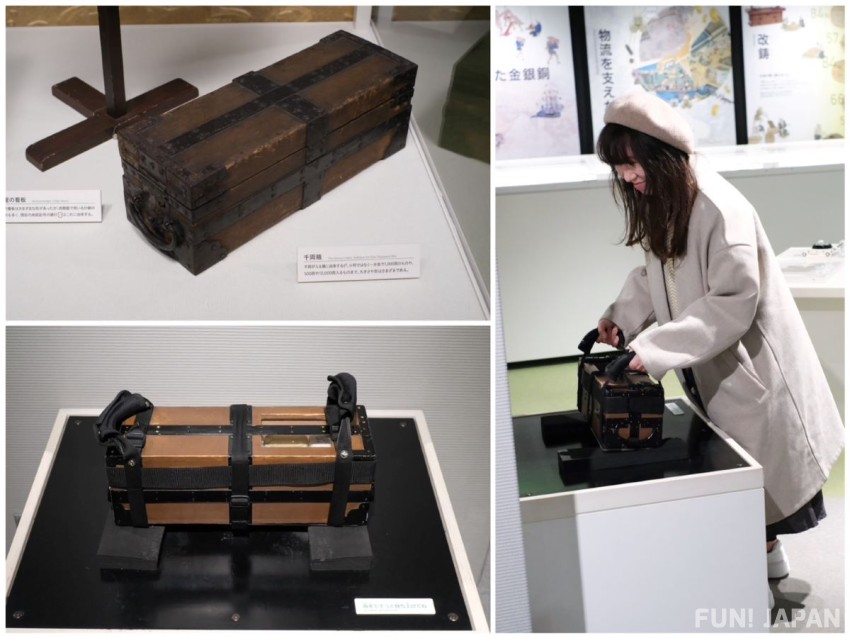
You can actually hold a "thousand ryo box" (千両箱 / Senryoubako), which is often seen in period dramas and is used to store 1000 gold coins. It weighs a whopping 20kg! In dramas, they are easily lifted, but in reality, it's impossible to lift them with just one person.
Learn about modern anti-counterfeiting technology
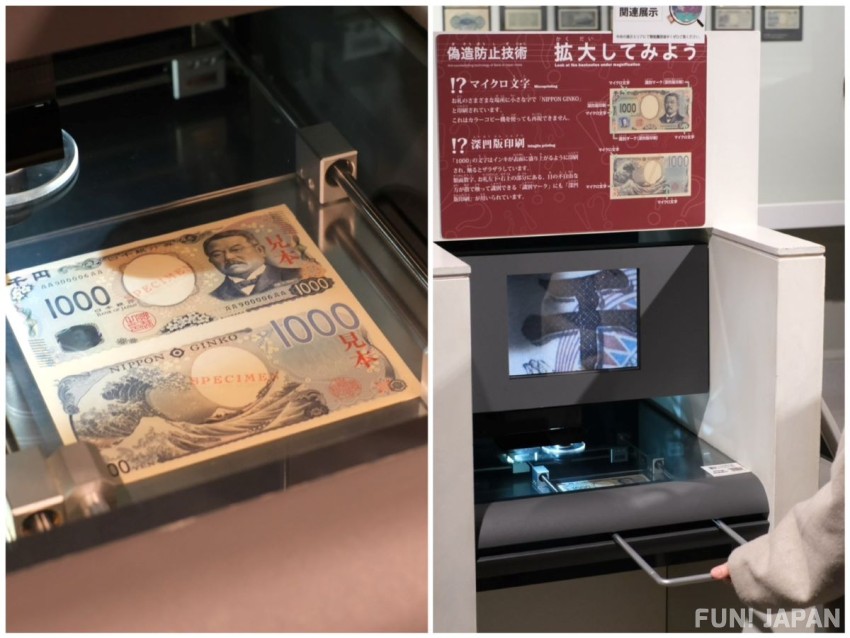
By using a machine that enlarges banknotes for detailed viewing, you can learn about anti-counterfeiting technology. Did you know that the words 'NIPPON GINKO' are printed in various places on Japanese banknotes?
Experience with Hansatsu Watermarks
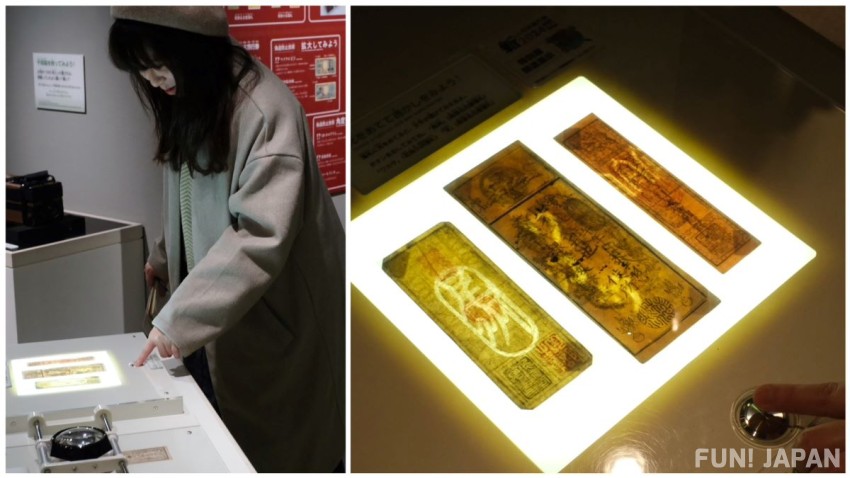
Various techniques have been devised over the years to prevent counterfeiting. By pressing a button, the watermarking technology used in the domain notes issued by each domain during the Edo period appears before your eyes.
Feel the weight of Japan's old coin 'Oban'

After seeing the actual gold coins (Oban) that Toyotomi Hideyoshi and Tokugawa Ieyasu had made, you can experience their weight. At that time, only people of high status or the wealthy could own Oban, and you can feel both its weight and its value.
Stamp corner of "Daikoku Satsu" & old copper coins
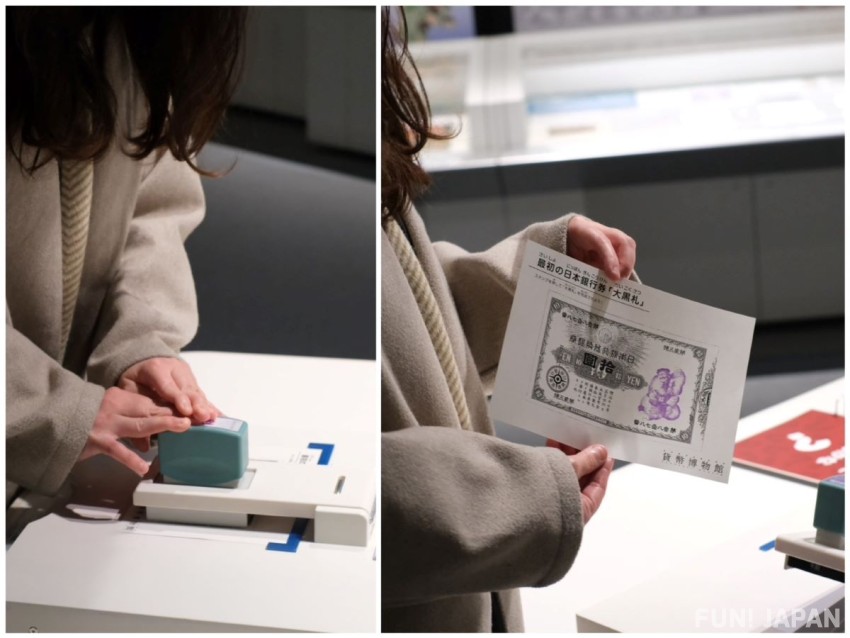
You can also get a stamp of the "Old Ten Yen Note" (commonly known as "Daikoku Satsu"), which is the first Bank of Japan note.
Stamp Corner of 13 Types of Ancient Copper Coins
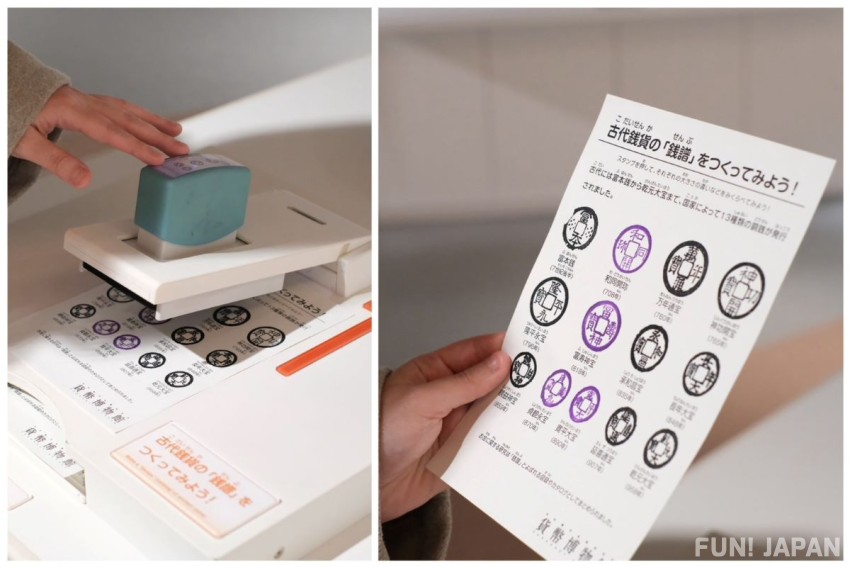
In ancient times, 13 types of copper coins were issued by the state, from Fuhonsen to Kengen Daiho. We made a "coin score" of ancient coins by ourselves!
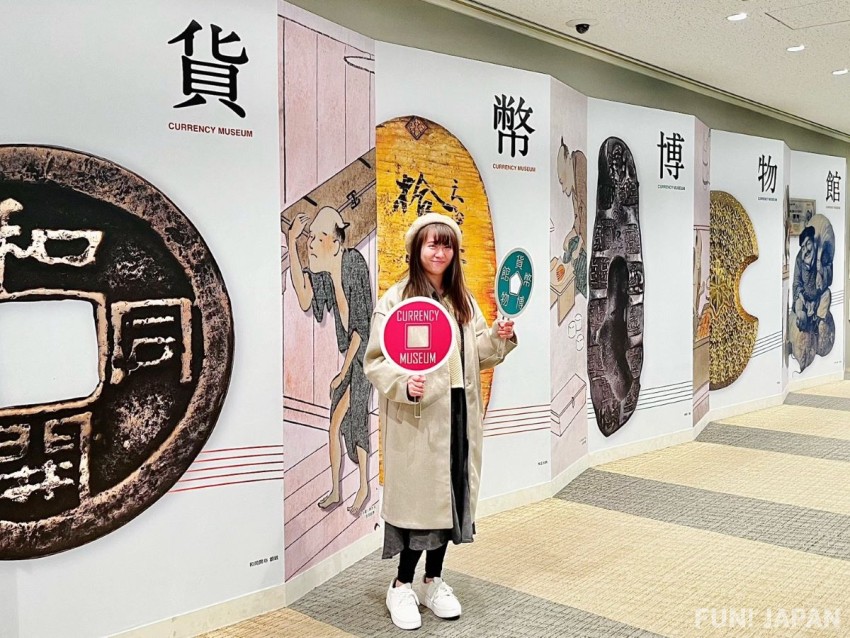
Please note that photography is not allowed inside the exhibition room. However, there is a photo spot in the lobby outside the second-floor exhibition room. Handheld panels are also available, so please feel free to use them to take memorable photos.
Highlight of the Currency Museum ③: A variety of unique money-themed souvenirs!
At the souvenir corner at the entrance of the exhibition room, various items are for sale. With a wide variety of items such as towels designed with banknotes and sweets with banknotes and coins as motifs, you're sure to find something unique. After enjoying the exhibition, be sure to stop by the souvenir corner. In addition to introducing recommended souvenirs, we will also share our impressions of the actual tasting.
¥en Cookies (1,490 yen/12 pieces)
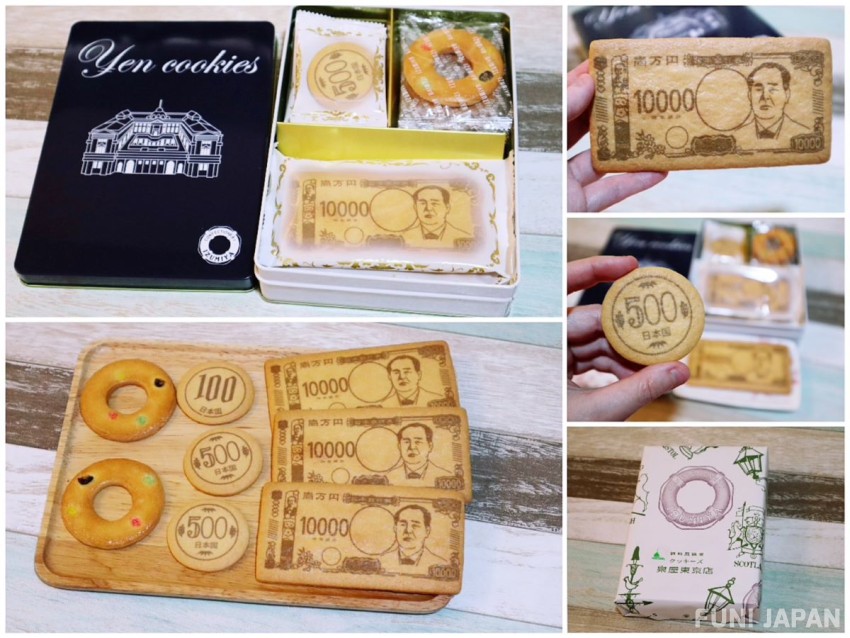
This is a cookie made by "Izumiya Tokyo Store", a long-established Western confectionery store founded in 1927. The can features a depiction of the Bank of Japan's main building, which excites you even before you open it. Inside, you'll find cookies modeled after the new 10,000 yen note with a portrait of Eiichi Shibusawa, known as the father of Japanese capitalism, cookies with 500 yen and 100 yen coin patterns, and "Ring Darts", the trademark of Izumiya.
🍴Tasting Report
The not-too-sweet, and crunchy texture of the cookies is addictive. And because they are individually wrapped, you can easily share them with others.
New Bill Pattern Senbei (540 yen/6 pieces)
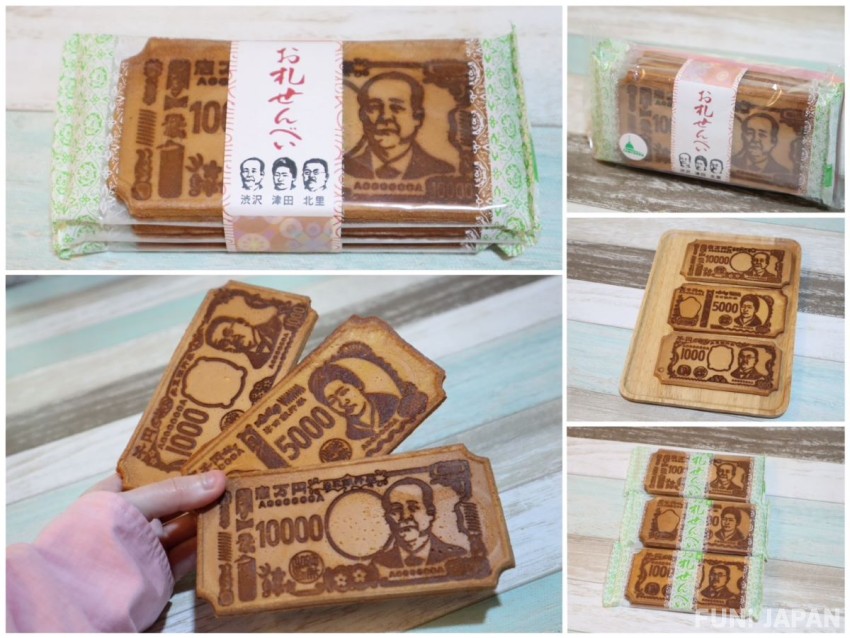
This is a tile-shaped rice cracker produced by "Kame no I Kameido Honten", a long-established Japanese confectionery store in Kobe. The feature is the three types of patterns that are based on the new Japanese banknotes issued in July 2024.
The patterns depict Shibasaburo Kitasato, the father of modern Japanese medicine (1,000 yen note), Umeko Tsuda, who devoted herself to establishing practical higher education for women (5,000 yen note), and Eiichi Shibusawa (10,000 yen note).
🍴Tasting Report
You can enjoy a firm thickness and a crispy texture, with a faintly burnt sweet aroma, and a savory flavor spreads with each bite. It's just the right sweetness, and it's a taste that never gets boring.
Handmade Main Building Monaka (760 yen/3 pieces)
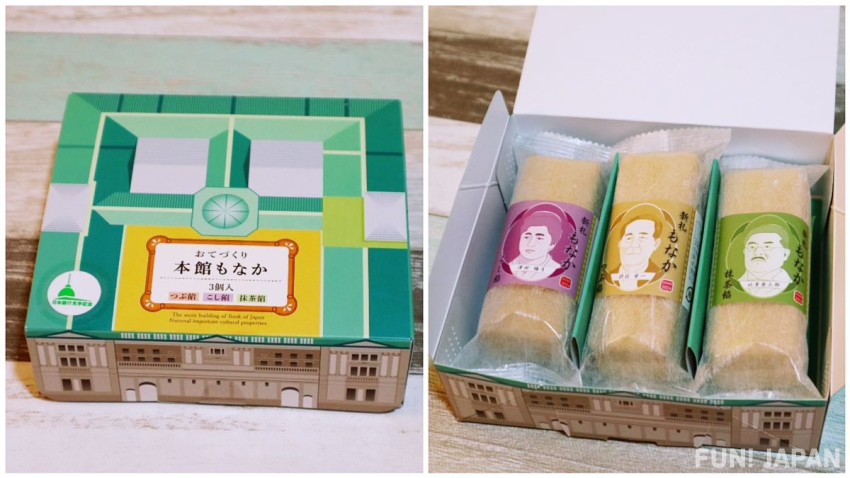
The outer box is designed after the Bank of Japan's main building, and the monaka package features three patterns inspired by the new Bank of Japan notes to be issued in 2024. When you open the box, you will find three types of monaka: tsubuan, koshian, and matcha an.
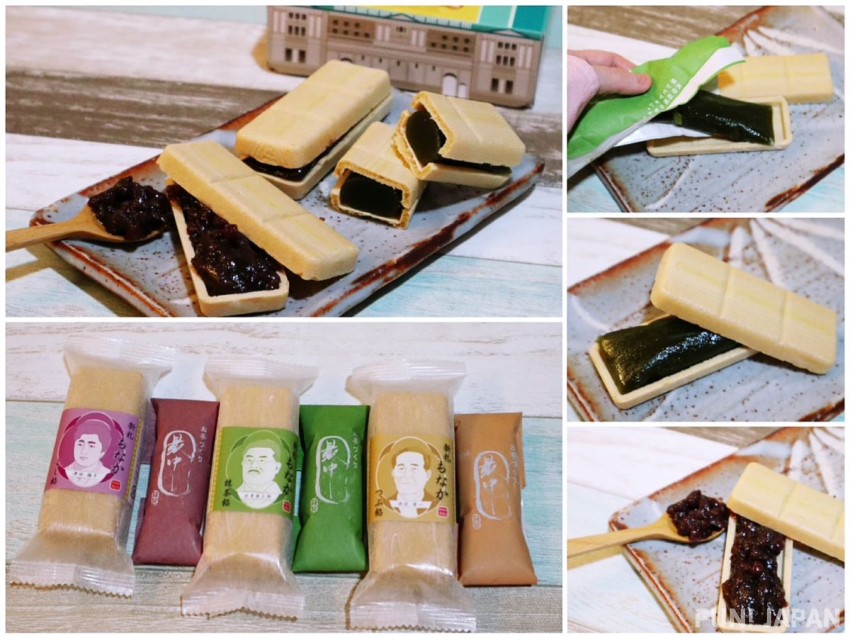
Furthermore, the skin and bean paste of the Monaka are separate, and by sandwiching the bean paste in the skin just before eating, the fragrant aroma of the skin and the flavor of the bean paste are enhanced.
🍴Tasting Report
Since the skin and bean paste of the Monaka are separate, you can also enjoy the fun of sandwiching them yourself. The crispy texture of the skin is particularly attractive.
Enjoy the Currency Museum by utilizing the audio guide
At the Currency Museum, audio guides in Japanese and English are available. If you have a smartphone or tablet, you can connect to the free Wi-Fi in the exhibition room and listen to the audio guide on your favorite browser (free of charge).※However, please note that it may not be available depending on the settings of your device.
For more details (in Japanese), click here: https://mguide.jp/2/kahei01?lang=ja#/
The Currency Museum was not only a place to learn about the history and evolution of Japanese currency, but also offered a variety of mini-games and interactive corners related to currency, making it a fun and educational experience. In particular, we found interesting discoveries in the transition of currency from ancient times to the present and the cultural aspects of currency. Despite its high value, I was surprised and moved that admission is free. On your next trip to Tokyo, be sure to visit the Currency Museum and take a tour.
Spot Information
- Name: Institute for Monetary and Economic Studies, Bank of Japan - Currency Museum
- Address: 1-3-1, Nihonbashi-Honcho, Chuo-ku, Tokyo (Inside the Bank of Japan Annex)
- Access:
- 8-minute walk from JR Tokyo Station Nihonbashi Exit
- 1-minute walk from Mitsukoshimae Station (B1 Exit) on the Tokyo Metro Hanzomon Line
- 2-minute walk from Mitsukoshimae Station (A5 Exit) on the Tokyo Metro Ginza Line
- 6-minute walk from Nihonbashi Station (A4 Exit) on the Tokyo Metro Tozai Line
- Opening hours: 9:30 a.m. - 4:30 p.m. (Last admission is at 4 p.m.)
- Closed: Mondays (However, open on public holidays)
- Admission fee: Free
- Official website:
- https://www.imes.boj.or.jp/cm/ (Japanese)
- https://www.imes.boj.or.jp/cm/english/ (English)
※All listed products are tax included, and product information and prices are as of the time of coverage (March 2024).
※Photography inside the exhibition room is prohibited. In this coverage, we conducted photography with permission.

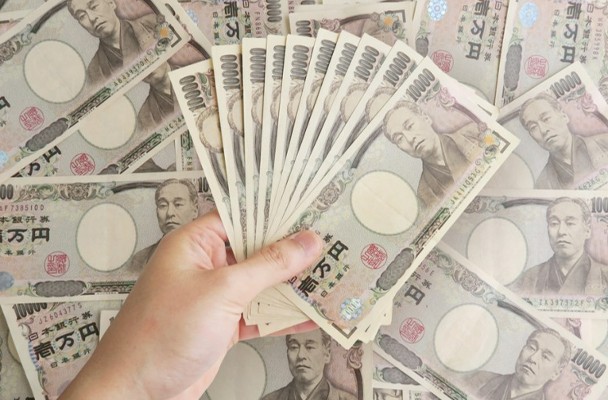
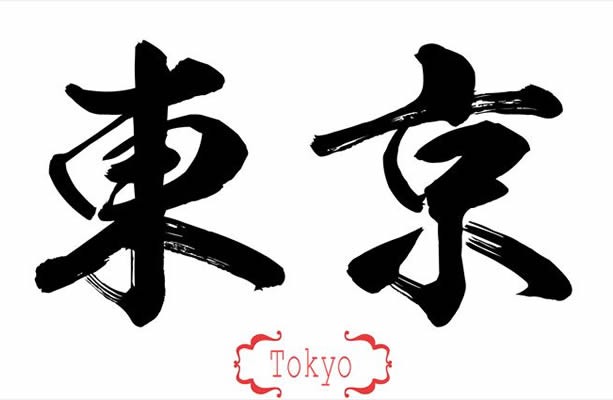
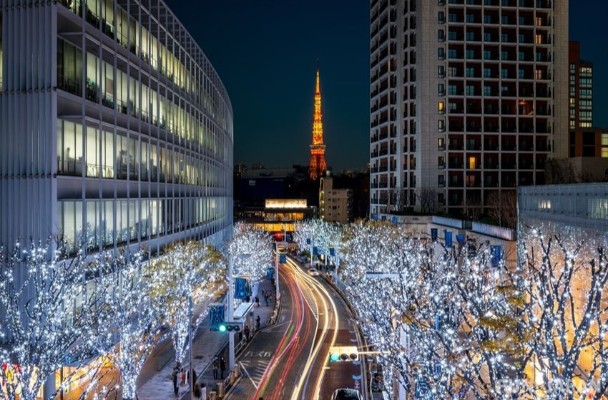
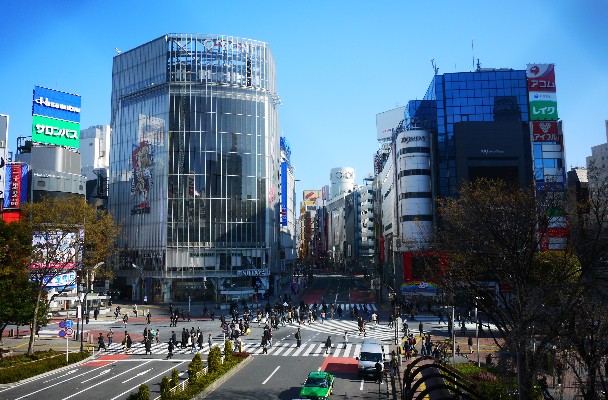
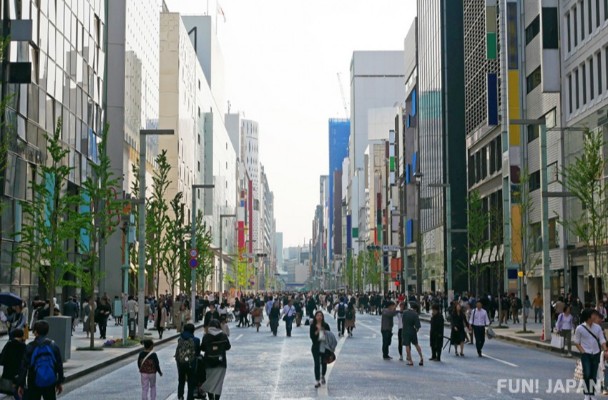


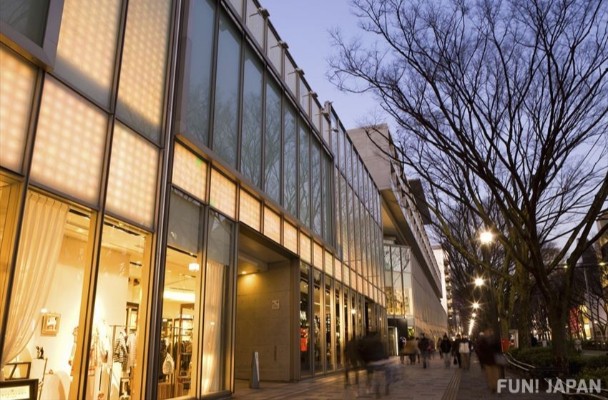
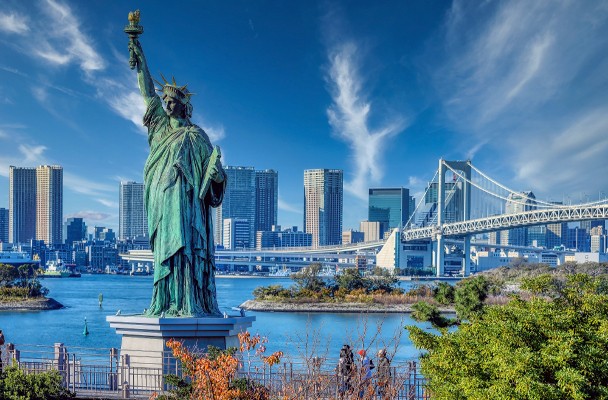
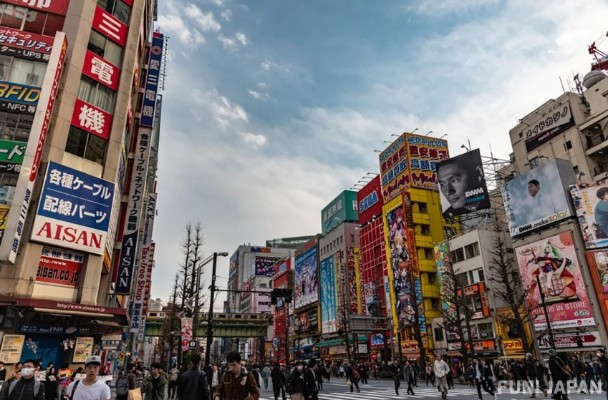

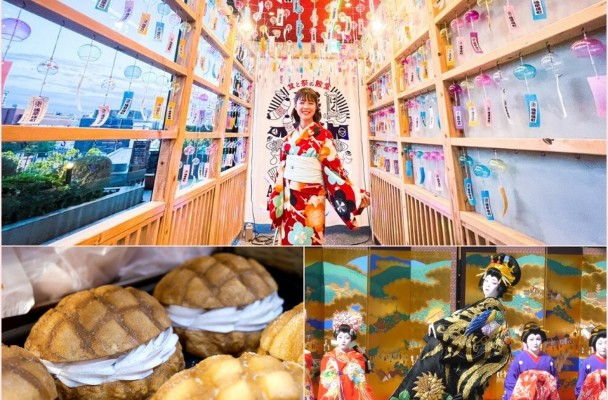
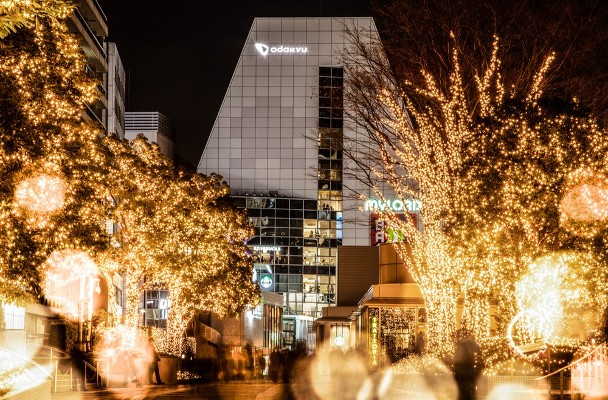
Comments